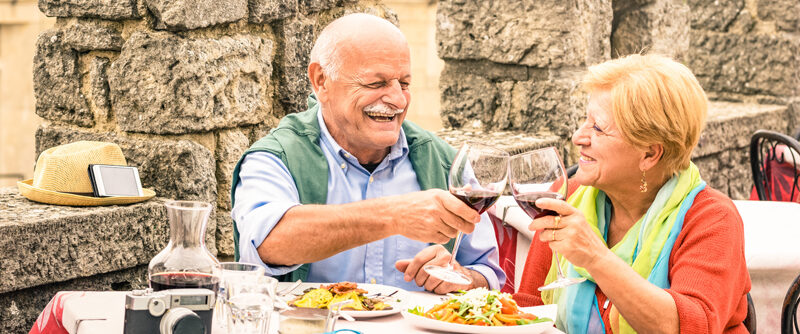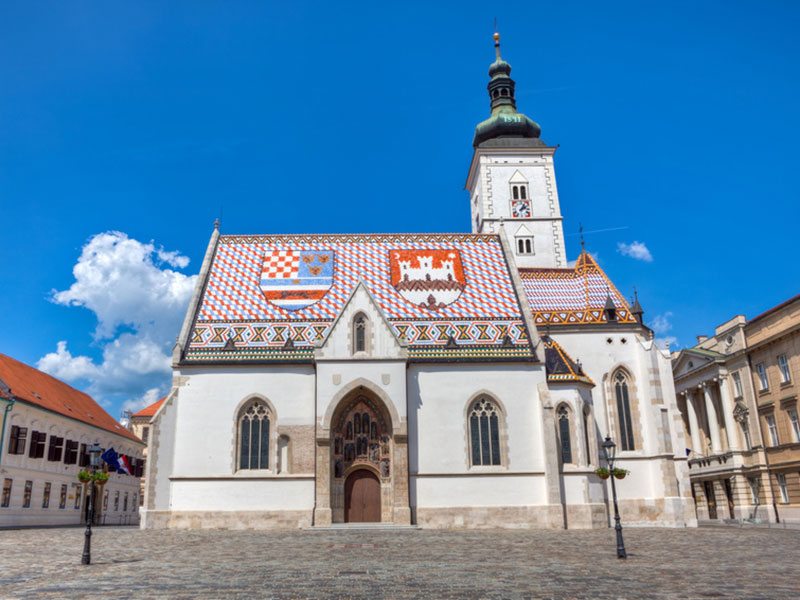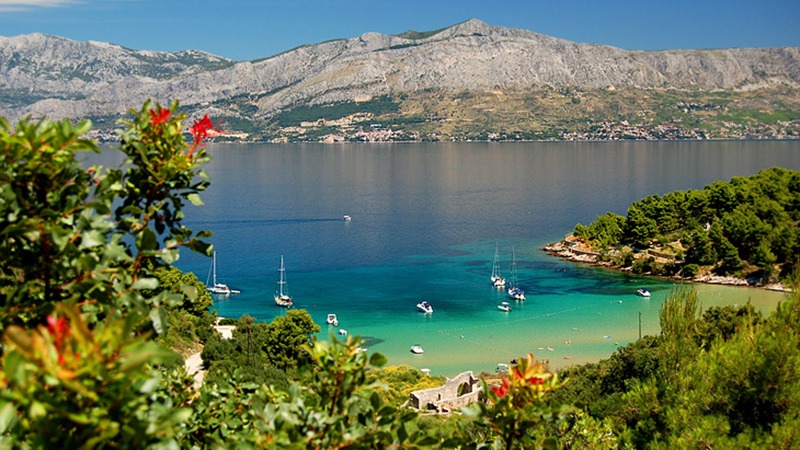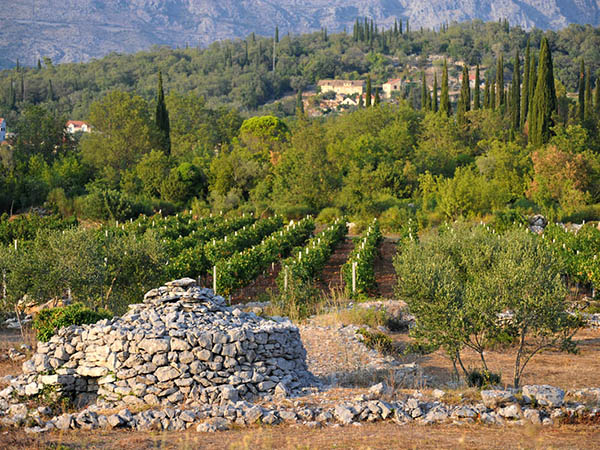Zagreb
The northwestern capital of Croatia and its largest city, Zagreb is best known for its historical architecture in its cathedrals, places, and towers.
Plitvice Lakes National Park
Plitvice Lakes National Park is Croatia’s best known national park and the only one of eight that is listed on the UNESCO List of World Heritage sites. The main attractions of this park, unique in the world, are the 16 small lakes joined by waterfalls created by the sedimentation of travertine, a special type of limestone. This national park encompasses the source of the river Korana, located in the area surrounded by dense forests of beech, fir and spruce. There are also several caves in the park, as well as springs and flowering meadows.
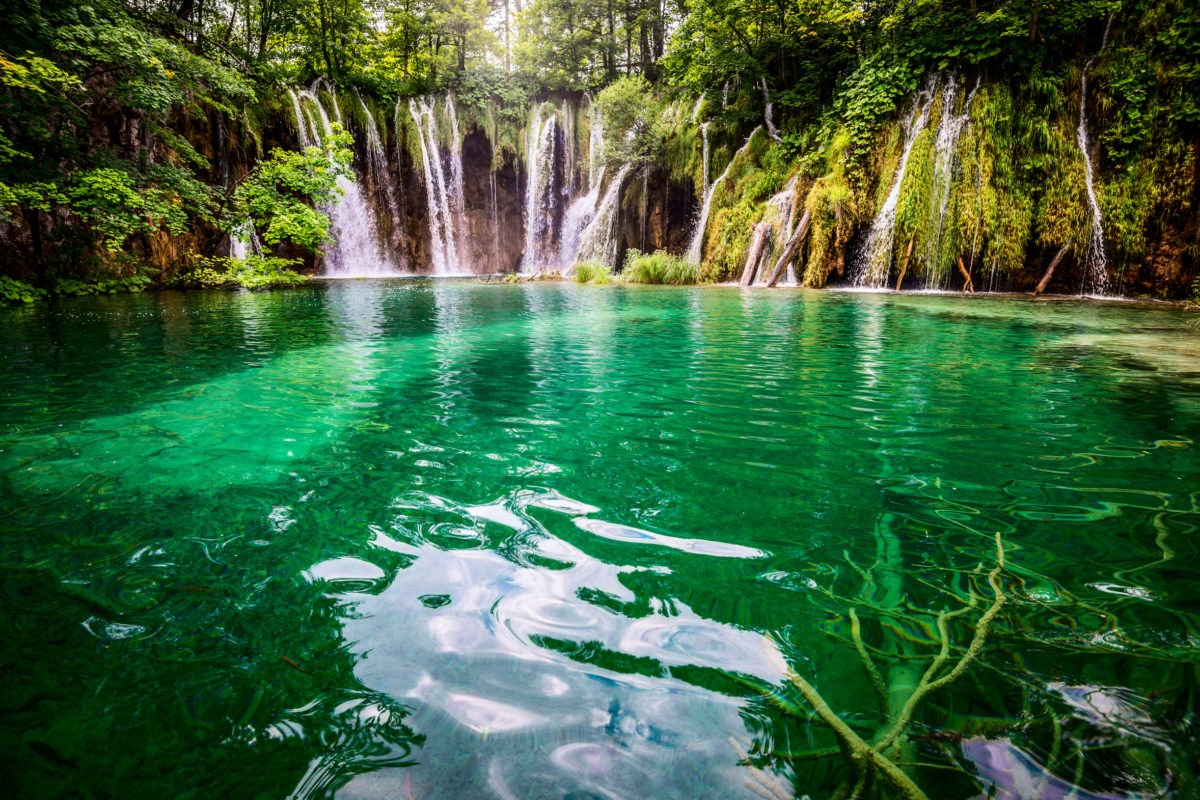
Plitvice
Zadar
Zadar is a treasure trove of archaeological treasures and monuments to the ancient, medieval and Renaissance periods. This is visible by a number of sacral and architectural monuments – the church of sv. Donat [St. Donatus] where every summer the sounds of Zadar’s musical evenings echo, the Roman Forum near the main square, Kalelarga – the longest and widest street, the Cathedral of sv. Stošije [St. Anastasia], an Archaeological Museum with its exceptional treasures and many other monuments of cultural and historical heritage (town gate, Arsenal, churches, museums…).
In a city with the most beautiful sunset, in a maritime archipelago facing a multitude of islands and islets, which protect the city from the strong winds, enjoy the symphony of the Sea Organ and magical urban light installation Pozdrav suncu [Greeting the Sun] near the new harbor for cruise ships.
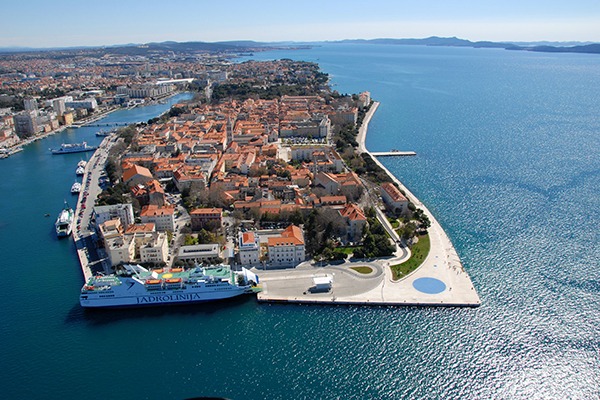
Zadar
Trogir
Trogir is historic town and harbor on the Adriatic coast in Split-Dalmatia county. It is a UNESCO World Heritage Site famous for its Romanesque and Gothic Old Town center. Well-known for its cultural heritage and authentic architecture, the city of Trogir dates back to 3rd Century BC, while the name Tragos first appeared in 2ndcentury BC.

Trogir
Split
Split, a town on Croatia’s Dalmatian Coast, is the second-largest city of Croatia and the largest city of the region of Dalmatia. It lies on the eastern shore of the Adriatic Sea, centered on the Roman Palace of Emperor Diocletian. With enough history to warrant it’s own extended visit, many visitors use Split as a base to explore the surrounding Dalmatian Islands.

Split
Hvar
Hvar is a city and port on the island of Hvar, part of Split-Dalmatia County, Croatia. The municipality has a population of 4,251 while the city itself is inhabited by 3,771 people, making it the largest settlement on the island of Hvar.
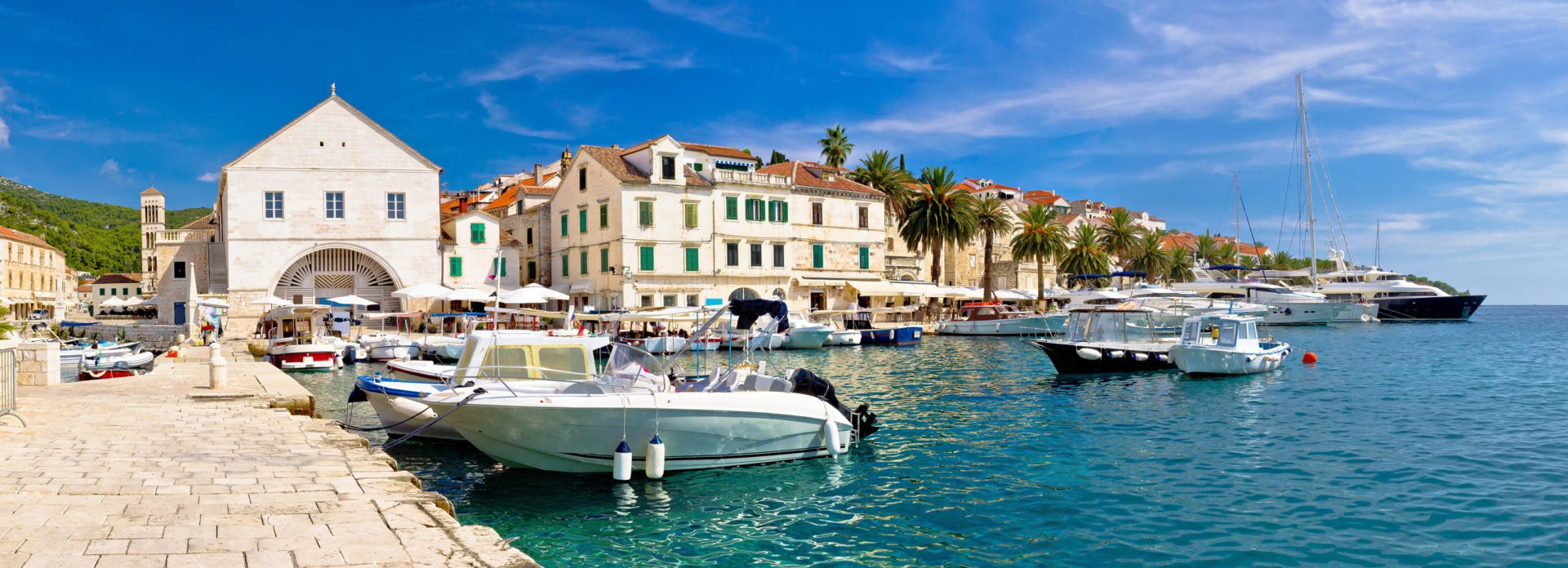
Town of Hvar waterfront view, Dalmatia, Croatia
Brac
Brač is famous for two things: its radiant white stone, from which Diocletian’s Palace in Split and the White House in Washington, DC (oh, yes!) are made, and Zlatni Rat, the long pebbly beach at Bol that sticks out lasciviously into the Adriatic and adorns 90% of Croatia’s tourism posters. It’s the largest island in central Dalmatia, with two towns, several sleepy villages and a dramatic Mediterranean landscape of steep cliffs, inky waters and pine forests. The interior of the island is full of piles of rocks – the result of the back-breaking labor of women who, over hundreds of years, gathered the rocks in order to prepare the land for the cultivation of vineyards and olive, fig, almond and sour-cherry orchards.
Ston
Ston sits on the cape of land connecting the Pelješac Peninsula to the mainland. Known as a salt-producing town, Ston was an important military fort of the Ragusan Republic, and the defensive walls are world-famous. The 900 meter encircles the area for three miles – the second largest in the world after the Great Wall of China. Despite its military history, nowadays Ston is a small, laid-back fishing town, which boasts some dramatic views – think crumbling churches, olive groves, and a stunning coastline. Its former value as a “salt city” gets confirmed even today in the plants of the oldest active salt-works in the world. These saltworks have remained faithful to the tradition and to the natural way of salt production which has not changed since remote ages. Oysters and mussels from the Mali Ston bay are appreciated around the world.
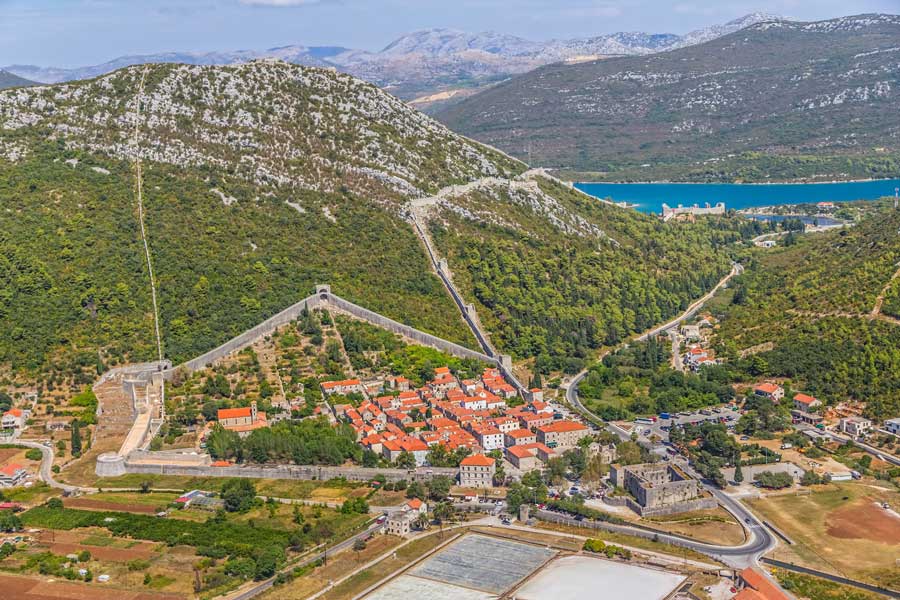
Ston
Dubrovnik
Walls are built to protect treasures, and, in Dubrovnik, this is particularly accurate, with 1,940 meters of stone surrounding one of the world’s most beautiful cities. As George Bernard Shaw stated: “If you want to see heaven on Earth, come to Dubrovnik”. “The Pearl of the Adriatic” has captivated and seduced kings and artists for centuries with its immaculate medieval architecture.
Cavtat
Cavtat is built on the site of the Roman colony Epidaurum which was destroyed in the 7th-century Slav and Avar invasions. The beauty of its nature, green lush vegetation, beaches and interesting monuments attract numerous visitors. Without Cavtat, there’d be no Dubrovnik, as it was refugees from the original Cavtat who established the city of Dubrovnik in 614. But Cavtat is interesting in itself. A lot more ‘local’ than Dubrovnik it has its own charm. Wrapped around a very pretty harbor that’s bordered by beaches and backed by a curtain of imposing hills, the setting is lovely.
Konavle Region
The picturesque region of Konavle is comprised of multiple villages, known for their vineyards and fruit trees.



 English
English French
French
